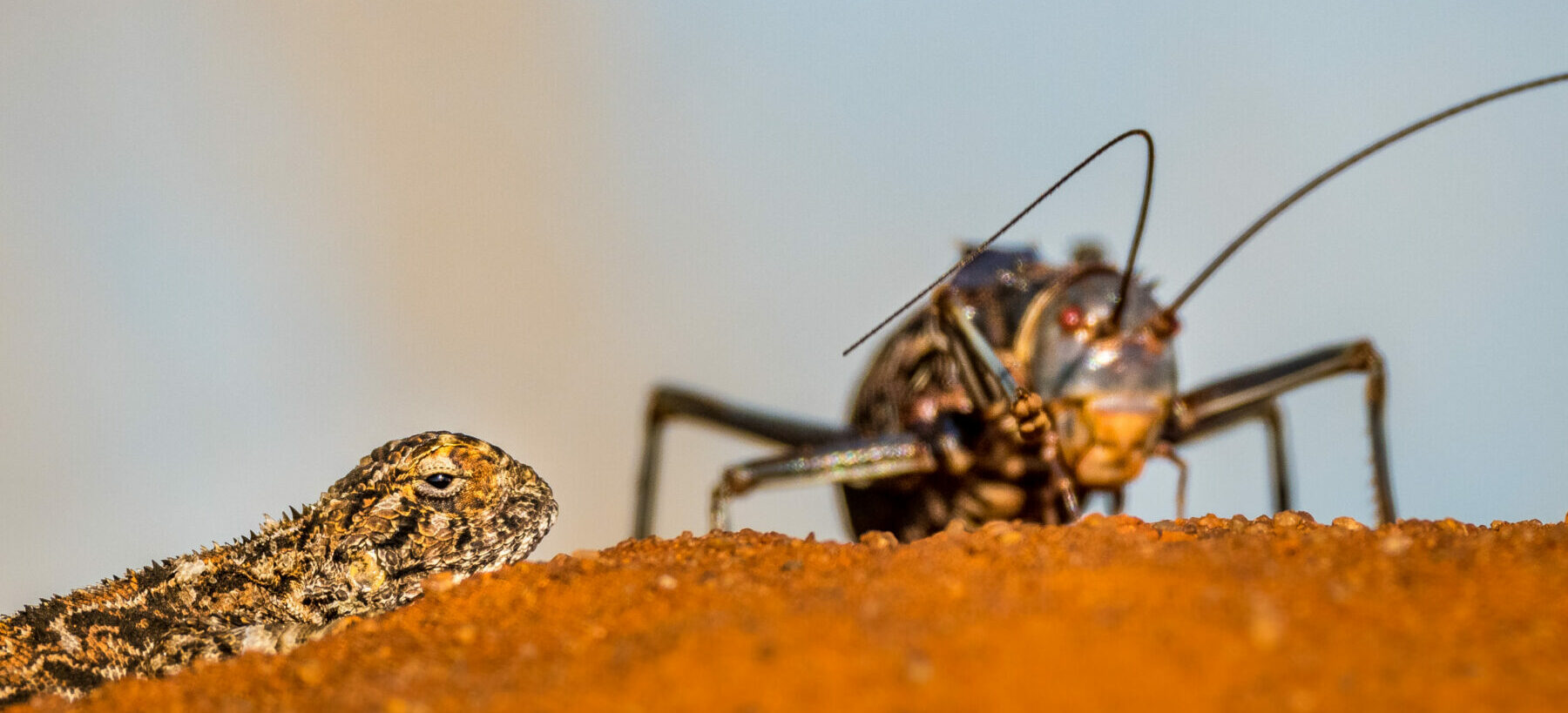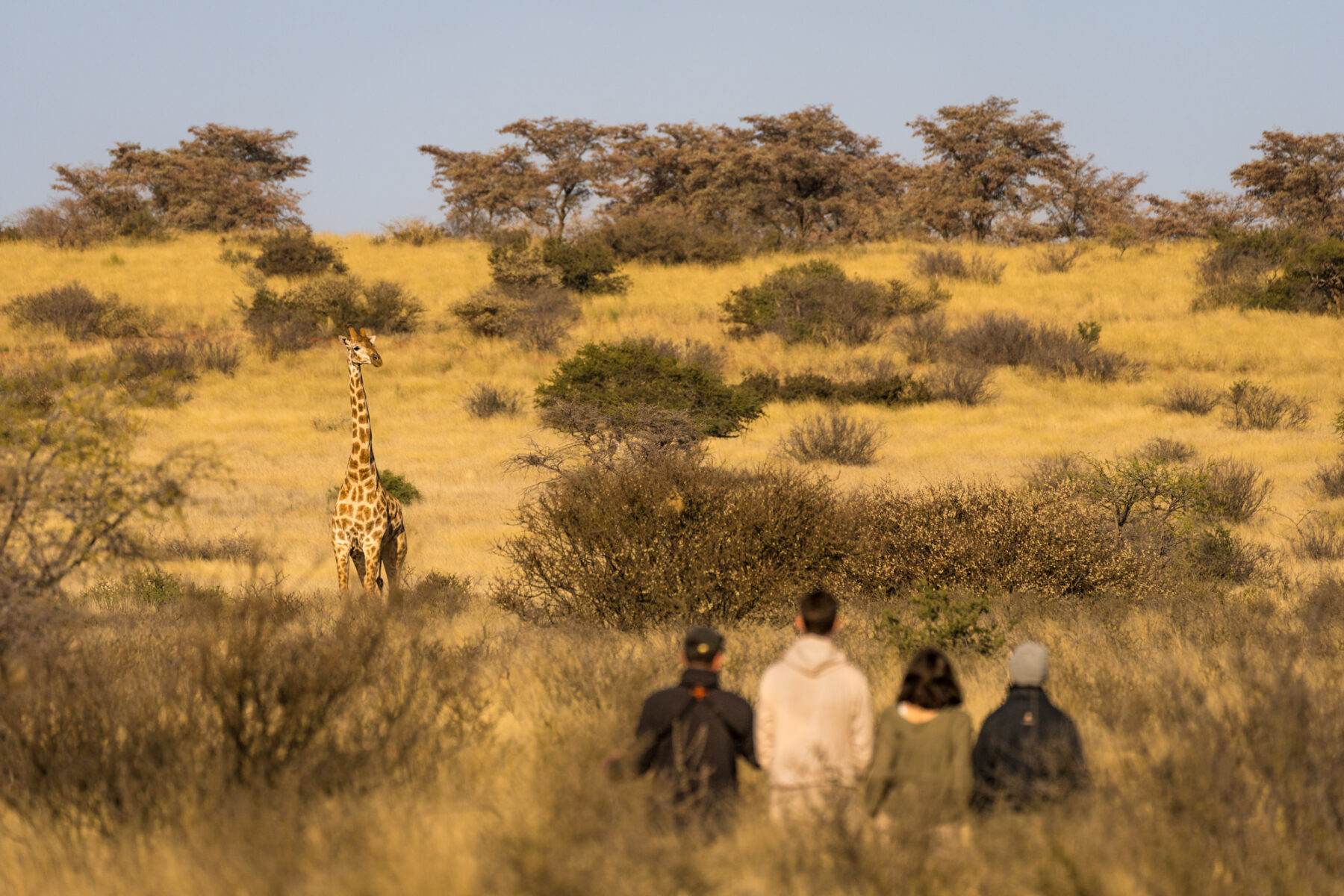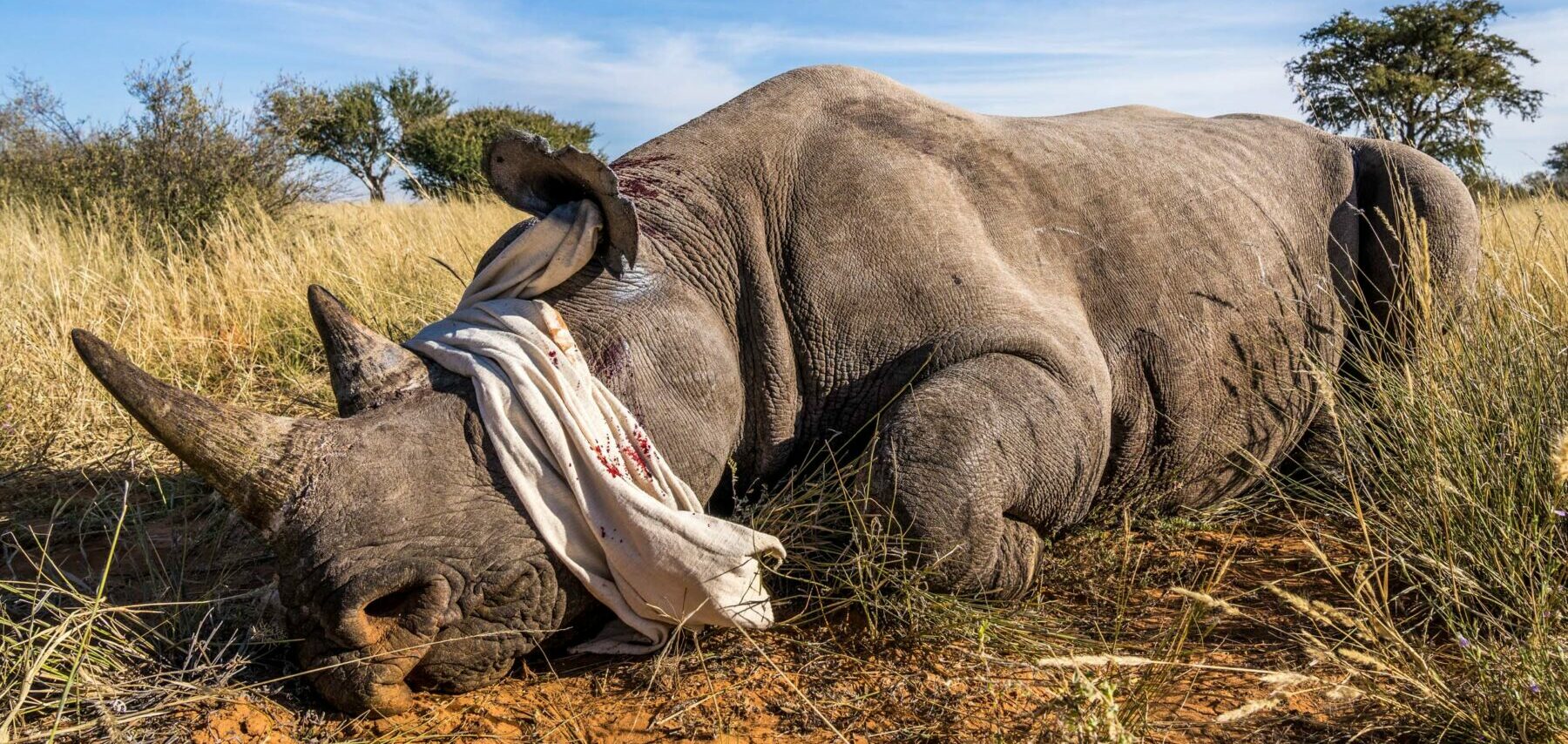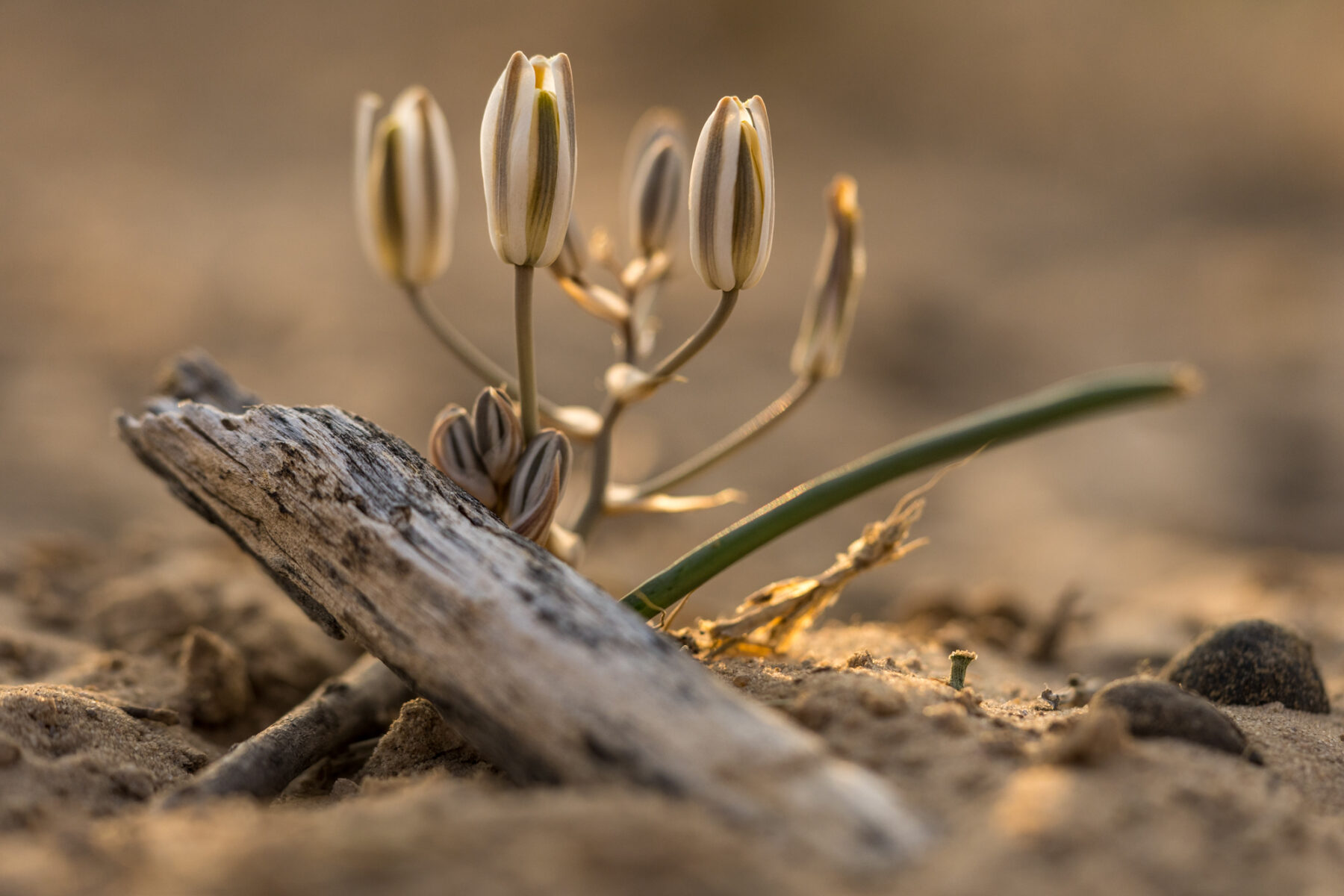WHY BIODIVERSITY MATTERS
It is no secret that humans are wreaking havoc on the natural world. Climate change, ocean acidification, air pollution, deforestation – the list goes on and on. Impacted by all of these, and for many conservationists the issue that ought to take centre stage, is the ongoing biodiversity crisis. But what does that entail, exactly, and why should we be worried about it?
WHAT IS BIODIVERSITY GOOD FOR?
Biodiversity – essentially the variety and variability of life on earth – is an integral part of our planet’s natural systems and plays a critical role in supporting human well-being. It encompasses all living organisms and applies at every level, from genes to entire ecosystems. Together it accounts for the diversity of every expression of life we see around us, from the microscopic to the Amazon rainforest. Declining biodiversity not only spells disaster for the species directly impacted, but eventually for the entire planet – and certainly for us.

Biodiversity is crucial for the functioning of ecosystems. Each species has a unique role to play, and the sudden collapse of a population can disrupt the delicate balance of an ecosystem and lead to negative impacts on other species and the ecosystem as a whole. For example, the loss of pollinators such as butterflies and bees impacts the ability of flowering plants to reproduce and produce fruit, which in turn effects the survival of other species who depend on these plants.
Furthermore, biodiversity is important for the provision of the ecosystem services upon which we depend for our survival[1]. The natural world provides us with clean air, clean water, food, and climate regulation; our fruit and vegetable orchards would struggle mightily without those pollinators. Biodiversity greatly adds to the resilience of ecosystems, and as is so often the case, we don’t necessarily know which components are the essential ones until it is too late.

Finally, there are clear health benefits[2]. Many of our medicines are derived from the natural world – the anti-cancer drug Taxol from the Pacific yew tree, for example – but beyond that, there is our mental and emotional well-being to consider. We know that access to nature improves our state of mind and makes us less prone to depression and anxiety[3], and its cultural and spiritual importance around the world can hardly be overstated. And who, having seen a family of meerkats play at sunset or walked through an old-growth forest, would not want their children and grandchildren to be able to have those same experiences?
IS THERE A BIODIVERSITY CRISIS?
Despite being fully aware of the importance of biodiversity, we are not doing nearly enough to safeguard it. Populations, species and ecosystems continue to disappear. Some of this would occur naturally, but not nearly this fast. At hundreds or even thousands of times above the natural (‘background’) extinction rate, many scientists believe that we have initiated the first mass extinction event since the disappearance of the dinosaurs 65 million years ago.[4][5][6]

Unfortunately, extinctions are just the tip of the proverbial iceberg. They are inevitably preceded by dramatic population declines. As members of a species become fewer and their habitats smaller, they tend to become isolated from one another. Genetic diversity drops, and with it much of their ability to withstand disease, climate change and other looming disasters. As discussed in a previous post, this is why moving wildlife between protected areas has become a necessary conservation tool: mixing up the bloodlines increases resilience.
Though there are a few notable exceptions, the recent history of wildlife on earth isn’t a pretty one. In the last 50 years, population numbers have dropped an average of 69 percent.[7] But they have not simply disappeared. They have been replaced.
A few centuries ago, humans and our domestic animals made up a tiny fraction of the planet’s mammal biomass. Today, those numbers have been reversed. If we put all the land mammals in the world on a giant scale, wild animals would make up less than two percent of the total. Humans would account for more than a third, and the rest – over 60 percent – are our livestock and pets. Domestic pigs weigh as much as all the whales, seals, dolphins, and other marine mammals in our oceans, while the world’s cattle weigh over 20 times more than all wild land mammals combined. The next time you watch wildebeest crossing the Mara River in a BBC documentary, remember that there are more cows in England than there are antelope in the Serengeti.[8]
RESTORING ECOSYSTEM BALANCE
Though we have made a proper mess of things – a recent study suggests that less than three percent of the earth’s ecosystems are functionally intact – the situation is by no means irreversible. Putting an end to the mindless destruction of our remaining wild places is essential, but so is restoring and rewilding degraded ecosystems. A few decades ago, Tswalu consisted of dozens of overgrazed farms. Today, wild animals abound here, and the fragile Kalahari ecosystem is thriving once again. All over the world, incredible efforts are being made to restore balance to nature. Whether by supporting rewilding efforts in Africa or not mowing the grass in your garden, this is one fight where every contribution counts.

References:
[1] https://www.sciencedirect.com/science/article/pii/S2212041614001648
[2] https://pubmed.ncbi.nlm.nih.gov/23466828/
[3] https://www.apa.org/monitor/2020/04/nurtured-nature
[4] https://www.science.org/doi/10.1126/sciadv.1400253
[5] https://www.sciencedaily.com/releases/2014/09/140902151125.htm
[6] https://www.pnas.org/doi/full/10.1073/pnas.1704949114
[7] https://livingplanet.panda.org/
[8] https://wis-wander.weizmann.ac.il/environment/weight-responsibility-biomass-livestock-dwarfs-wild-mammals
[iii] TV
All images by Marcus Westberg. Follow @marcuswestbergphotography on instagram

